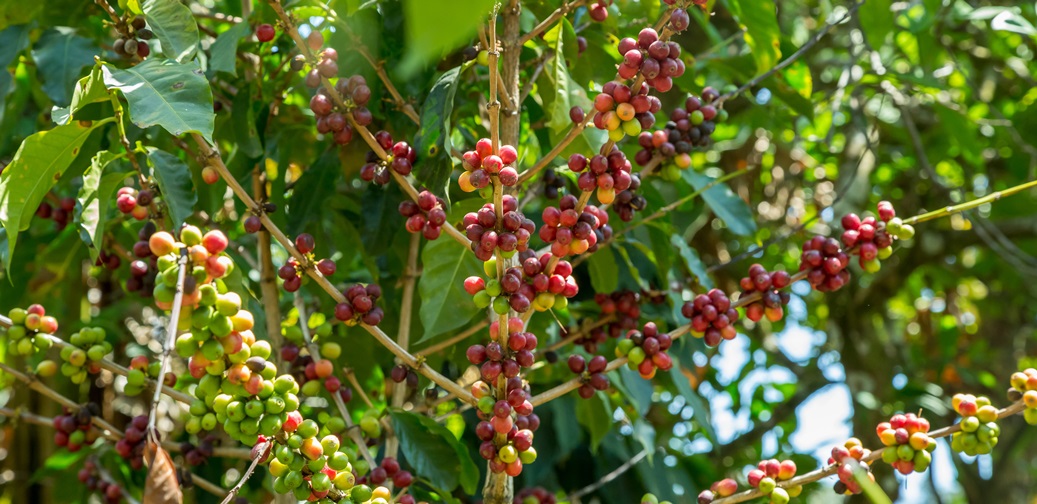A new report from the non-profit Forum for the Future calls on leaders to better understand the dynamic trends that are shaping the future, in order to create strategies that effectively navigate today’s complex times and unlock new opportunities for sustainability.
Titled Future of Sustainability 2018 – Living in nonlinear times, the crowd-sourced report sheds light on seven “areas of dynamism” that are exerting a profound impact on societies today, from changing retail and consumerism, to regenerative approaches to agriculture and action against plastic pollution. It reveals solid momentum behind the “restorative development” movement launched in 2002 with the publication of Storm Cunningham‘s seminal book, The Restoration Economy.
A selection of excerpts from the report follows:
Currently, emissions from agriculture represent some 10-15% of the global total, with land use changes representing a further 4-14%. Dominant practices degrade soil, reduce water quality and impact biodiversity. The nutritional content of food continues to decline, as demand rises. There have already been calls for businesses to assess their exposure to risk should soil productivity continue to decline.
Regenerative agriculture takes advantage of soil as a carbon sink, improves soil quality, produces morenutritious food, and improves the wellbeing of those who produce it. It is underpinned by principles and techniques such as intercropping (cultivating two or more crops together), carbon sequestration in the soil (aka ‘carbon farming’), keeping living plant cover on soils, and using insect predators instead of chemical pesticide, and can be complemented by the use of data and even robots.
Legislative efforts to promote regenerative ‘carbon’ farming are afoot in Hawaii, Maryland, Massachusetts, New York and Vermont. Hawaii passed an act to create the Carbon Farming Task Force, 23 which will develop incentives for Hawaii’s farmers and ranchers to increase the soil’s carbon content. The state of California is spending $7.5 million to store carbon in the soil, as a way of boosting agricultural potential.
Carefully applied automation could help to scale regenerative agriculture, by decreasing soil disturbance, enhancing monitoring, and enabling high yields with low input, in terms of both labour and pest-control. The internet of things, remote sensing, artificial intelligence and a revolution in robotics are coming together to make low-input, data-driven automated agriculture at scale a real possibility.
In Britain, 60% of farmland is being managed by some kind of precision method, including sensor systems, cameras, drones, microphones, virtual field maps, analytics and GPS-guided tractors. Rural livelihoods could also transform in both positive and negative ways. Automation is already affecting tea pickers, and the livelihood potential of global agribusiness may shrink significantly as automation costs fall. If the biotech brewing revolution takes off, smallholders such as vanilla farmers risk being marginalised by cheap synbio versions of artisan products.
However, carbon negative regeneration of ecosystems and degraded agricultural land could offer new livelihoods. Civil works programmes for terracing, mass reforestation and watershed restoration could create rural jobs as well as incalculable environmental benefits, and can use the existing structures for Public Employment Schemes in countries such as India and South Africa. The model here is Costa Rica, which has successfully found a route to inclusive development
based around positive ecosystem management.
Our current food and agricultural system is under pressure to nourish more people more effectively with a declining resource base. Regenerative agriculture presents huge opportunities for businesses, producers and governments to develop a system that is productive and sustainable in the long term.
Implications:
How might your organisation contribute to the scaling-up of regenerative agriculture? If you are connected to the food and agriculture industries, can you make the case with your suppliers, partners, and to major brands and regulators?
Adjacent industries to agriculture can enable or hinder growth in regenerative agriculture. For example, retailers with purchasing models or logistics systems that are optimised for monoculture will need to rethink their approach. Automated, data-based farming could make a significant contribution to regenerative agriculture, but could alternatively be implemented in a way that excludes people and communities.
How can we ensure that we use new technology to be socially as well as environmentally regenerative? Has your organisation reviewed and identified how it might contribute to the regeneration of ecosystems and communities, delivering a net positive impact?
Photo of shade-grown coffee in Costa Rica via Adobe Stock. Restoring shade-grown coffee to farms that converted to unsustainable full-sun coffee production is a major and essential global trend.

